The Nung people in Dia Tren hamlet, Phuc Sen commune (Quang Hoa district, Cao Bang) still whisper to their children and grandchildren about the hundreds of years old craft of making paper of their ancestors. Paper is mainly used to make votive paper, but is also sometimes used to copy family genealogy, copy folk songs or stick on altars, decorate houses. But now, after the class on making tourism products, paper has been made into poetry books, drawing paper, paper fans, handbags and many other lovely decorative products.
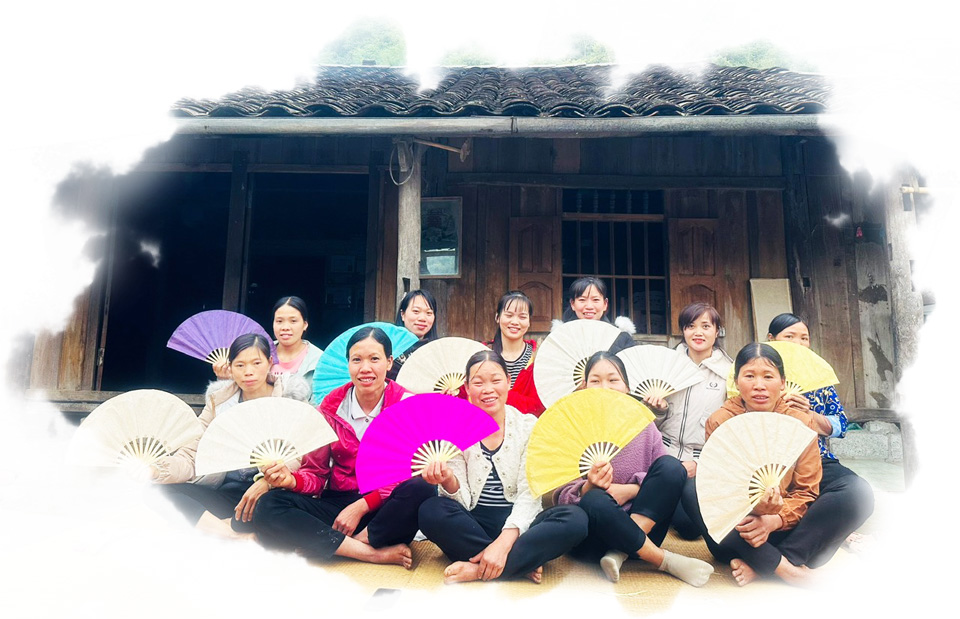
Paper fans made after the course as travel gifts of the project
"These are paper fans that the sisters made after attending a traditional craft training course, part of the project "Preserving and developing traditional crafts associated with tourism in the Non Nuoc Cao Bang Geopark" sponsored by Vingroup Innovation Fund (VinIF). That day after finishing the course, the sisters took a photo together," Dr. Bui Thi Bich Lan, Deputy Director of the Institute of Ethnology (Vietnam Academy of Social Sciences), who is also the project manager, shared about a photo.
The project has been running for nearly 2 years with the participation of researchers from many fields such as ethnology/anthropology, culture, tourism... sharing the same passion for preserving and promoting the value of traditional crafts, awakening the tourism potential of Non Nuoc Cao Bang Geopark, promoting socio-economic development and sustainable poverty reduction in ethnic minority areas in the context of integration. The project also aims to work towards the principles that the title "Global Geopark" especially focuses on, which are: protecting the environment , protecting the cultural identity of the community where the heritage is located, mobilizing the community in the work of preserving and rationally exploiting the heritage...
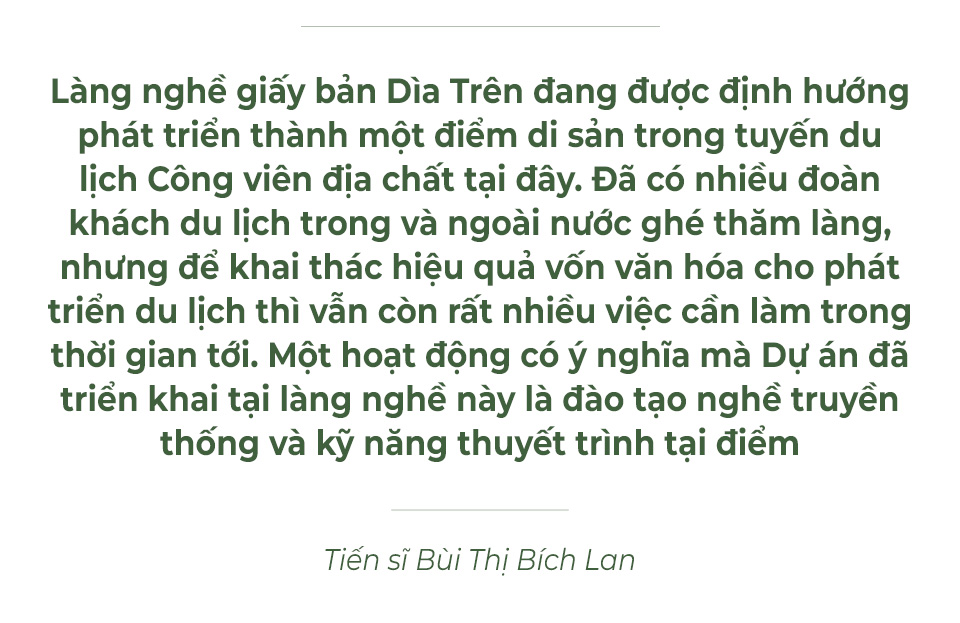
The class has many lecturers from many different backgrounds. Some are also cultural subjects such as Ms. Nong Thi Kinh, an artisan of the craft village. Before this project, Ms. Kinh's paper production facility was the only partner of Non Nuoc Cao Bang Geopark. Some are lecturers at Hanoi Capital University, with many years of experience in the field of training tourism service skills. Now, although the Project has not ended, the values brought to the community are already present.
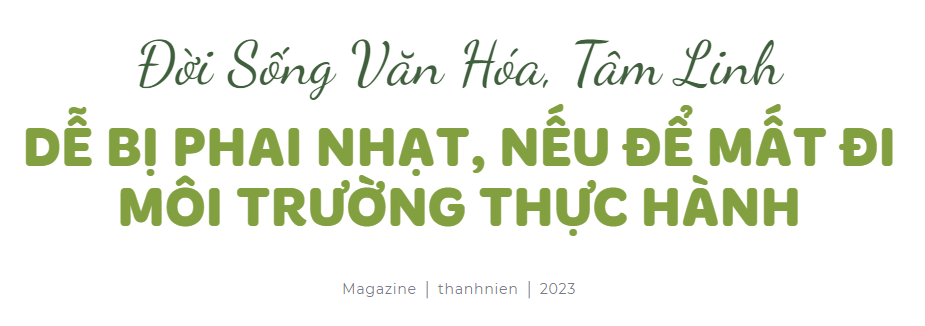
In the 2000s, the Faculty of History of the University of Social Sciences and Humanities (Vietnam National University, Hanoi) also had other attractive majors, such as archaeology, culture, or world history... Why did you choose Ethnology?
At that time, I chose Ethnology because of my curiosity about the cultural and social space of ethnic minorities. I was really convinced through an internship in a Thai village in Son La. The instructor at that time was Professor Hoang Luong, also a Thai. I was used to living in the city, the first time I came to a highland village, immersed in that unique cultural space, I saw a very new and strange world. We were "together" with the people like a family member: in the morning we went to get water, went to the fields, in the afternoon we came back to the kitchen to cook rice, in the evening we danced on bamboo poles, drank rice wine... At that time, I was fascinated by the highland cultural space and made my choice.
Despite the climate, remote roads, lack of amenities...?
At that time, I was young and did not fully understand the obstacles in the profession. Later, when I started working, there were business trips alone, especially when I was working on my doctoral thesis. Those were long field trips to the villages of the Khang people in Son La. Sometimes, the language barrier as well as the difficulties in living conditions in the field made me wonder if I could continue in this profession.
The highland business trips continued one after another. Once I became passionate, I adapted very quickly, easily overcame barriers, and each trip brought new discoveries and experiences.
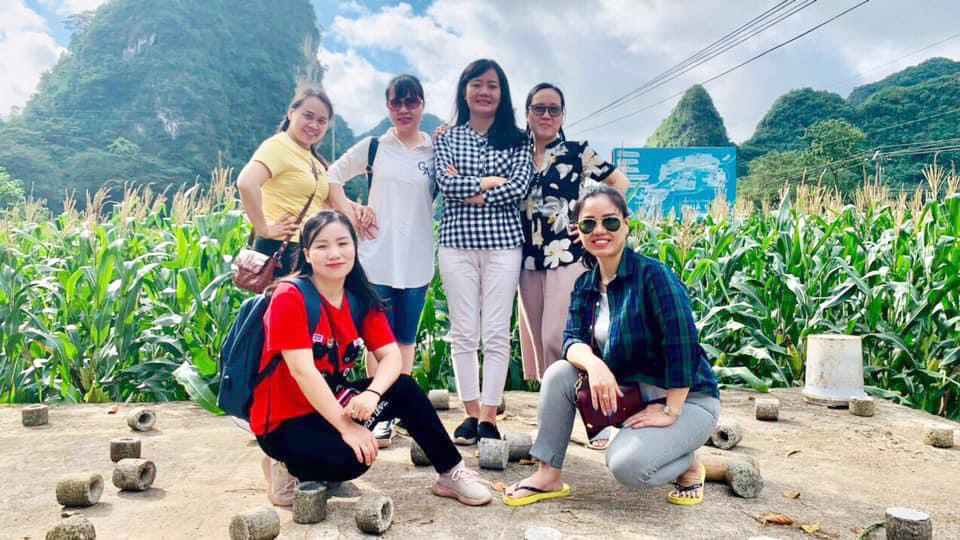
Dr. Bui Thi Bich Lan (plaid shirt) on a field trip
What was your thesis topic then?
I studied the livelihoods of the Khang people, then proposed solutions for sustainable economic development such as solving the lack of productive land, or the transition to commercial agriculture with negative impacts on the environment. The people switched to new crops with high yields, but farming techniques as well as the use of chemical fertilizers in the wrong dosage have caused the land to degrade more quickly.
But before that, they must have had some way to exploit it sustainably, so that it could last for generations?
They cultivate traditional crops using local knowledge. These practices cause little environmental damage but have very low productivity. Therefore, most of the cultivated areas have now been converted to commercial crops. The problem is that when people have income and improve their livelihoods, their cultural and spiritual life fades away because there is no longer an environment for practice.
When growing upland rice, people have a full range of rituals. At the beginning of planting, there is a rice planting ceremony, and after harvesting, there is a new rice ceremony, to pray and thank the gods for a bountiful harvest. Now, when switching to commercial crops such as hybrid corn and hybrid cassava, the worship ceremonies are no longer maintained. Without practicing agricultural rituals, ethnic culture is lost, and community cohesion is also reduced. Preserving ethnic culture is even more difficult, especially in the trend of strong exchange and integration with popular culture. It raises the issue of sustainable development when economic growth must sacrifice culture.
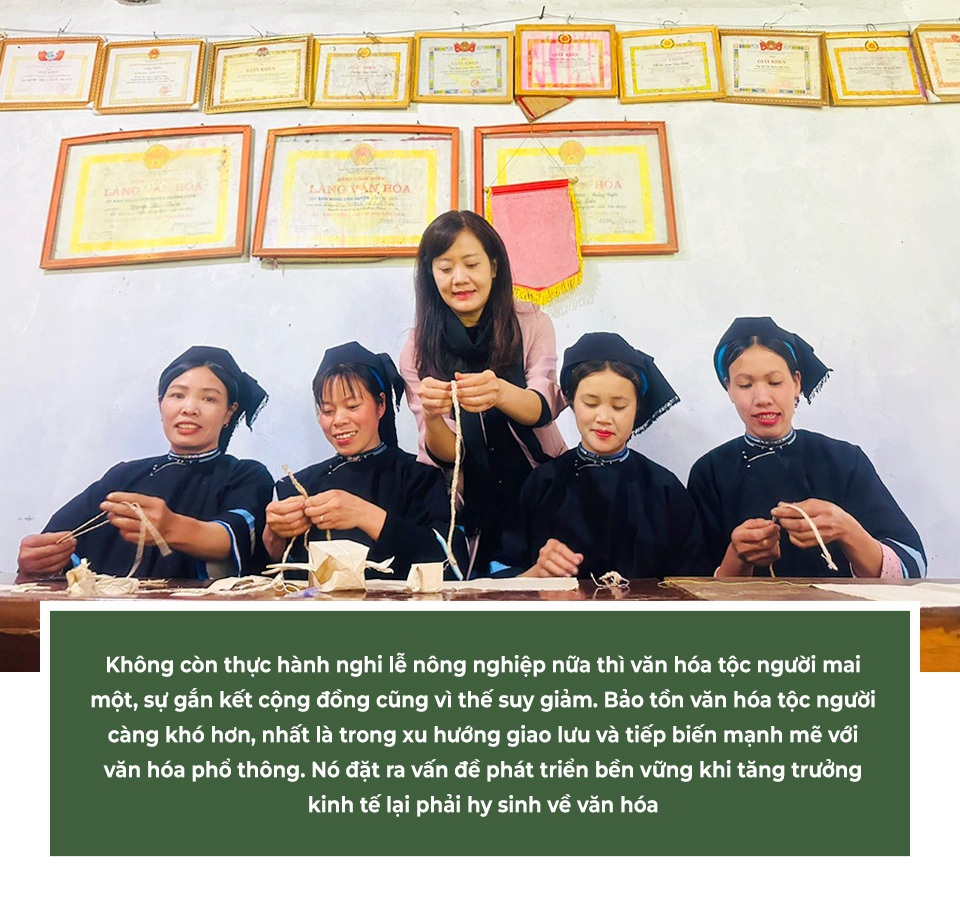
Researchers can quickly identify the problem. But does the community feel the loss?
People, the younger generation, are caught up in the market economy and do not pay attention to the loss of cultural values. But the older generation, they are very concerned about that! It is like a law.

From the ambitions of a third-year student, it has been decades now. Surely those years of ethnology must have had some painful or happy story. It makes people want to stick with the profession again.
There is a story that haunts me. It was an afternoon when I sat at a Kinh grocery store in a Khang village. While observing the buying and selling of the villagers, I saw a Khang man with a haggard appearance. He had just returned from the fields, holding a bag of money in his hand. When asked, he said he had just sold a field of corn. I asked him what he was buying at the grocery store, he said no, he was there to pay off a debt. He owed money for fertilizer. But when asked how much he owed, he shook his head, not knowing.
He went into the shop and just sat there waiting for the owner to check the book because he didn't know how to calculate, and he couldn't write anything down because he was illiterate. The owner added and subtracted for a while, then announced the amount. He counted and counted the money but it still wasn't enough, so he had to ask for more debt, then absentmindedly left.
I think they will just keep on borrowing and repaying, when they only need to know that they can borrow money, but they don't know how much interest they will get, and they don't know if investing in production like that will be profitable. They only know that they can make more money selling corn fields than growing rice, but they don't consider that they have spent money to buy seeds at the beginning of the season, borrowed money to buy fertilizer from the dealer, and have to pay interest at the end of the year.
Labor is real, but limitations in awareness and ability to calculate expenses have caused them to fall into the spiral of "borrowing and paying back, paying back and borrowing". That is just one case, but it happens in many places, in many ethnic minority communities in the highlands. I am still haunted by it.
But there are also happy stories, such as the Project in the Non Nuoc Cao Bang Geopark that we are implementing. There have been practical values for the community. After 2 short training courses, many craftsmen in Dia Tren are now proficient in making tourism products, ready to receive large orders. They also have presentation skills at the site, increasing the attractiveness of the destination. Approaching from the grassroots is an important method that helps the Project achieve this success. We go down to the village, to the community, "three together" with the people throughout the research implementation process.
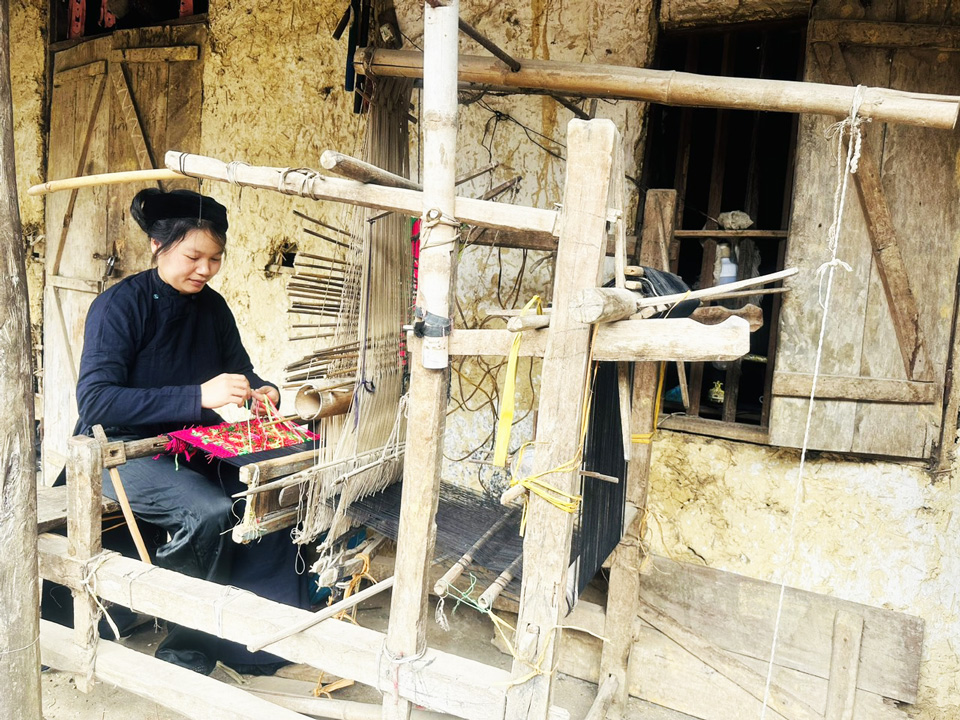
New tourist destinations are what Dr. Bui Thi Bich Lan wishes for.
There is valuable local knowledge of ethnic minorities. Policies that are not based on that knowledge are often difficult to succeed. With the Project on preserving handicrafts in the Non Nuoc Cao Bang Geopark, you must have many policy recommendations?
After the completion of this Project, I will also transfer to the locality some research results, including proposals and recommendations worth considering. For example, in the spirit of Resolution 18-NQ/TW of the 6th Conference of the 12th Party Central Committee on "Some issues on continuing to innovate and reorganize the apparatus of the political system to be streamlined and operate effectively and efficiently", localities with traditional craft villages also merged and renamed villages, hamlets, and residential groups. This caused some famous craft villages that had existed for hundreds of years in Cao Bang to suddenly disappear, which is very regrettable. For example: Phia Thap incense village after the merger became Doan Ket village, Bo To sugar village has now been changed to Residential Group 3...
The name of a craft village is not simply a name, but contains many meanings and values about the culture and history of the craft village as well as creating the brand of the craft village. The mechanical and systematic merger and renaming of craft villages according to the general policy has unintentionally lost the name of the craft village that many generations of their ancestors have built.
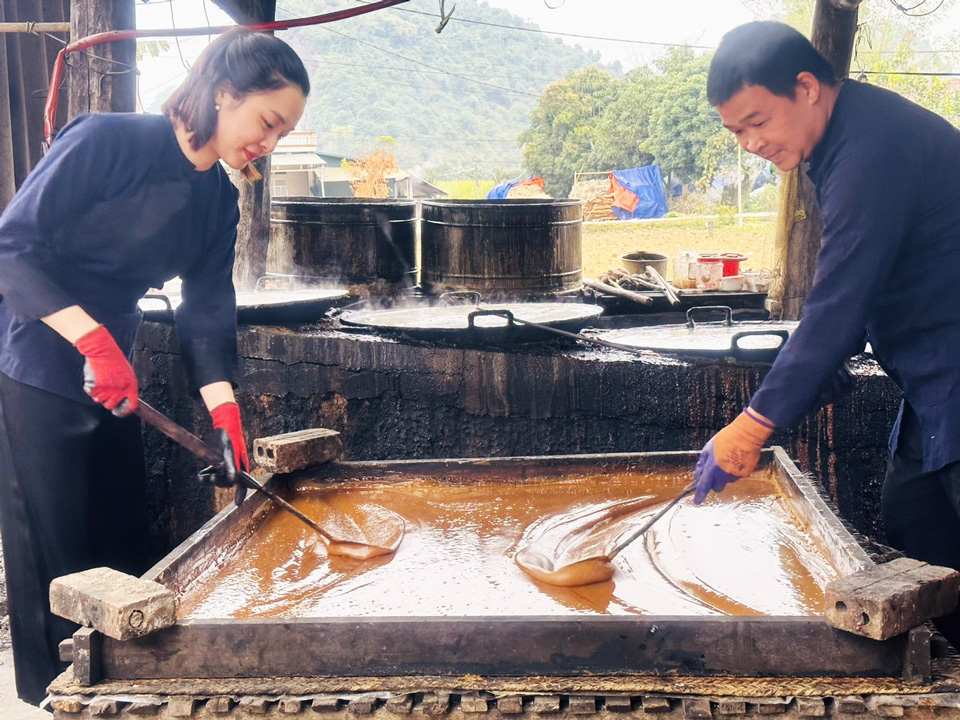
Bo To sugarcane village is better thanks to the project guiding cultural tourism
If we look at everything through the eyes of a manager, we will see that merging is a common policy, so it is a must. However, from the eyes of a researcher, in special cases such as traditional craft villages, careful consideration and consideration is needed. Take the case of Phia Thap incense village for example. The Phia Thap incense brand has been famous throughout the Northeast region, even throughout the country, for many generations. Therefore, it is possible to consider keeping the names of these craft villages, instead of requiring them to change to new names. Thus, the common policy is still implemented while the names of the craft villages are still preserved. What has happened makes me feel worried and regretful. Obviously, there are many issues in the awareness of the management and protection of the heritage of our Global Geopark region that need to be discussed in the future.
Thank you!
Source link


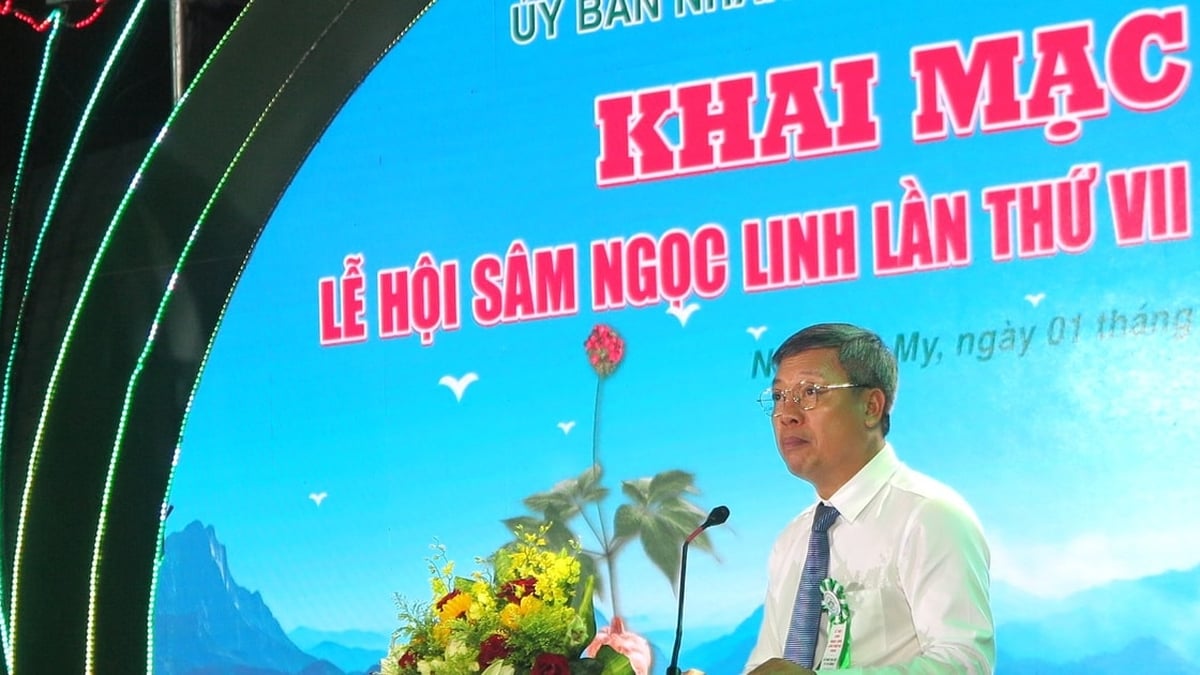
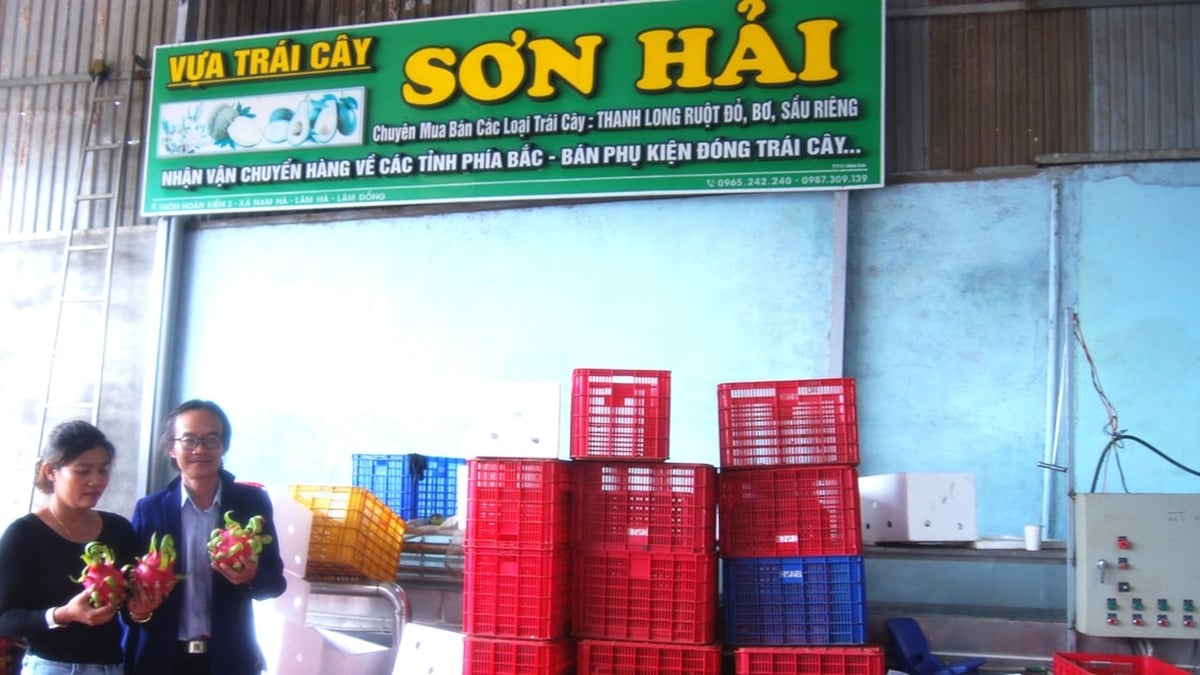
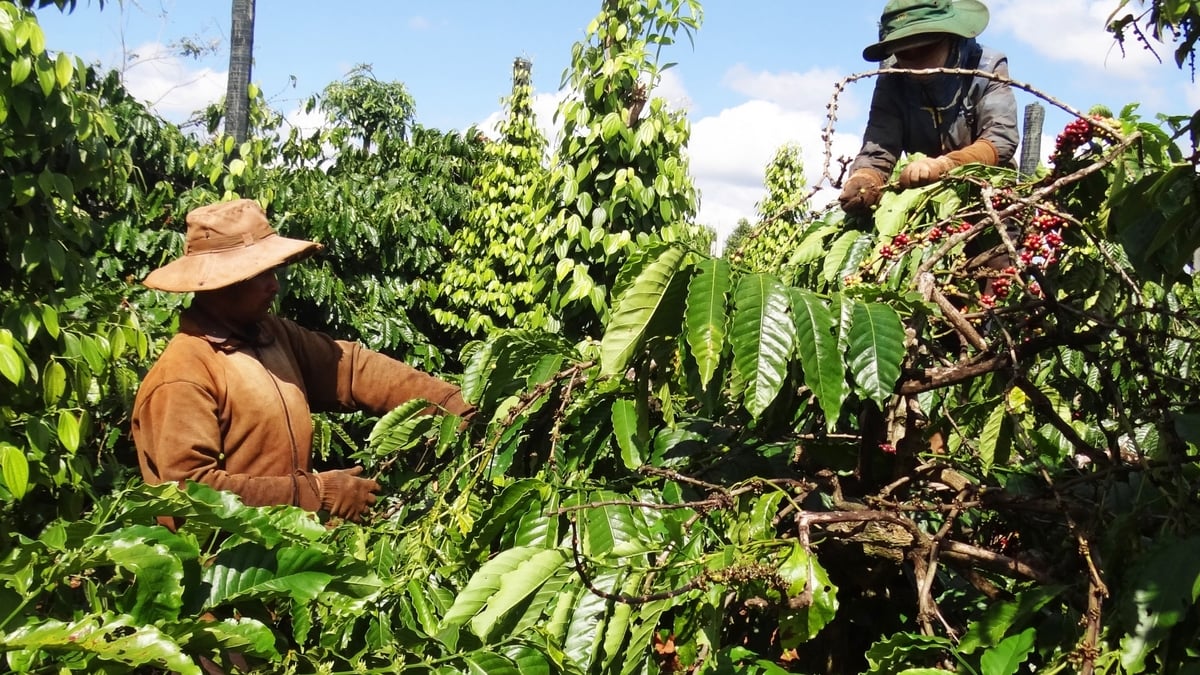
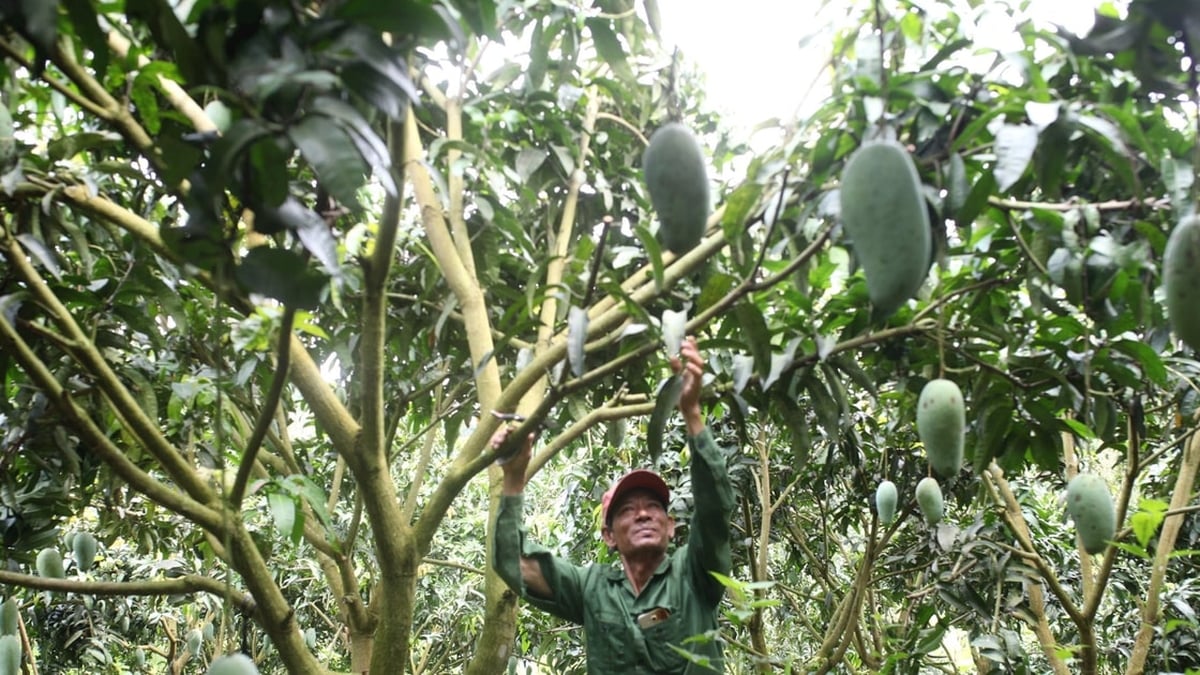
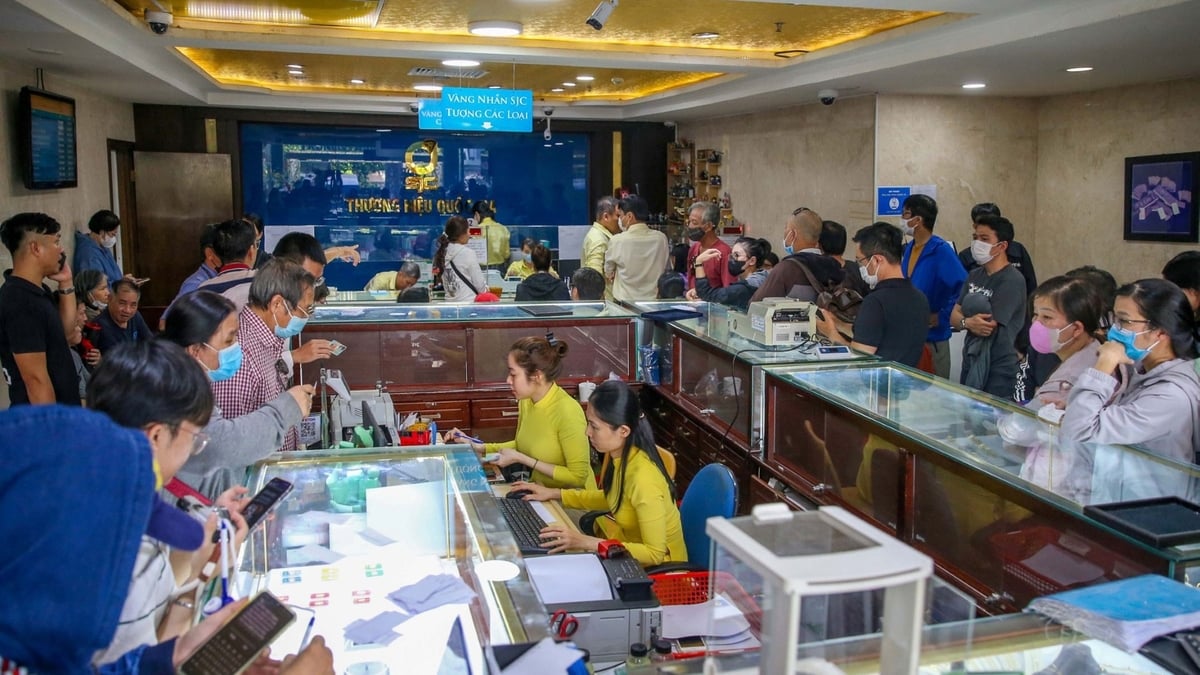
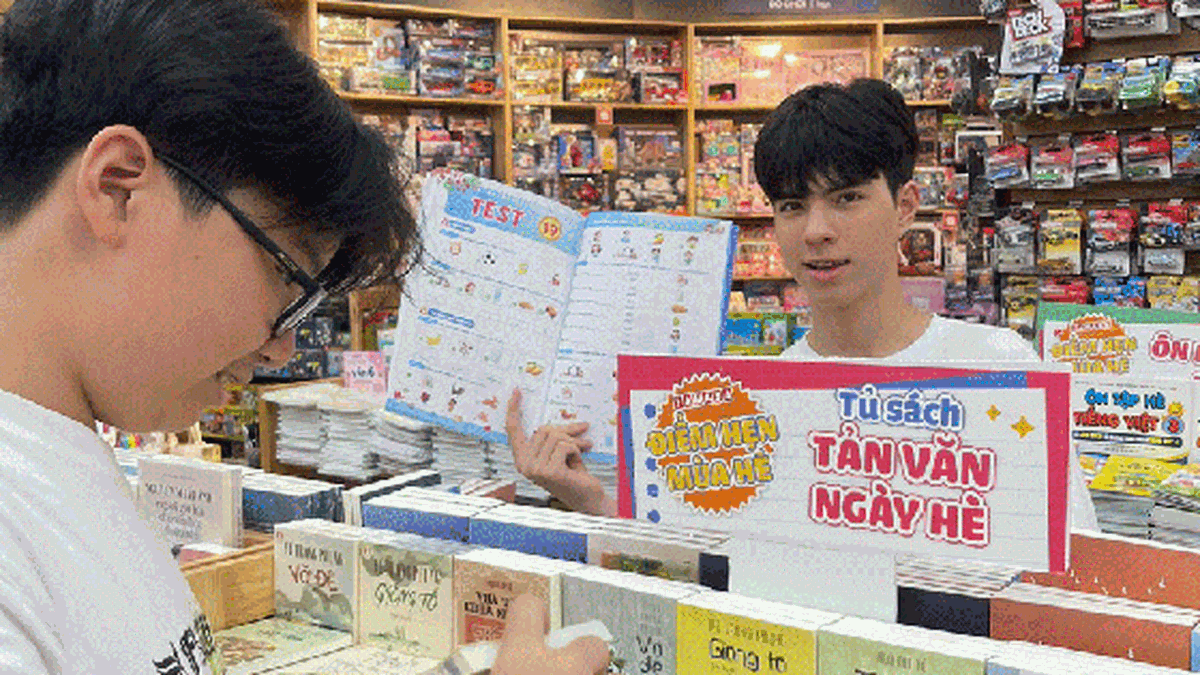
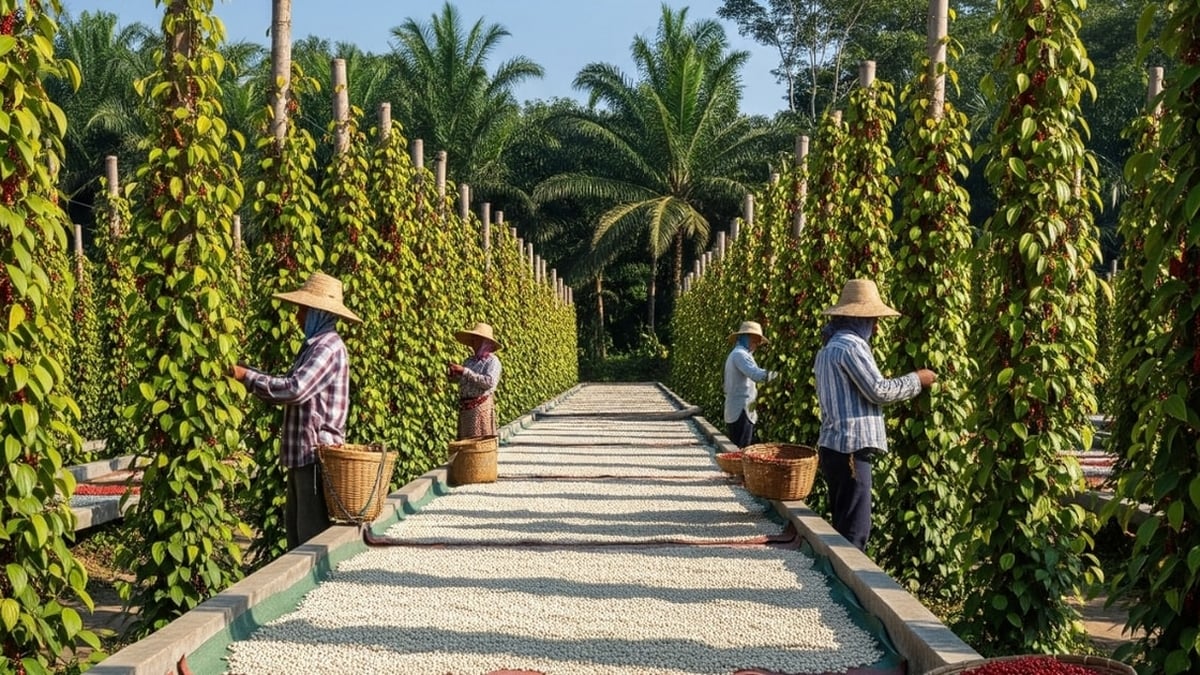
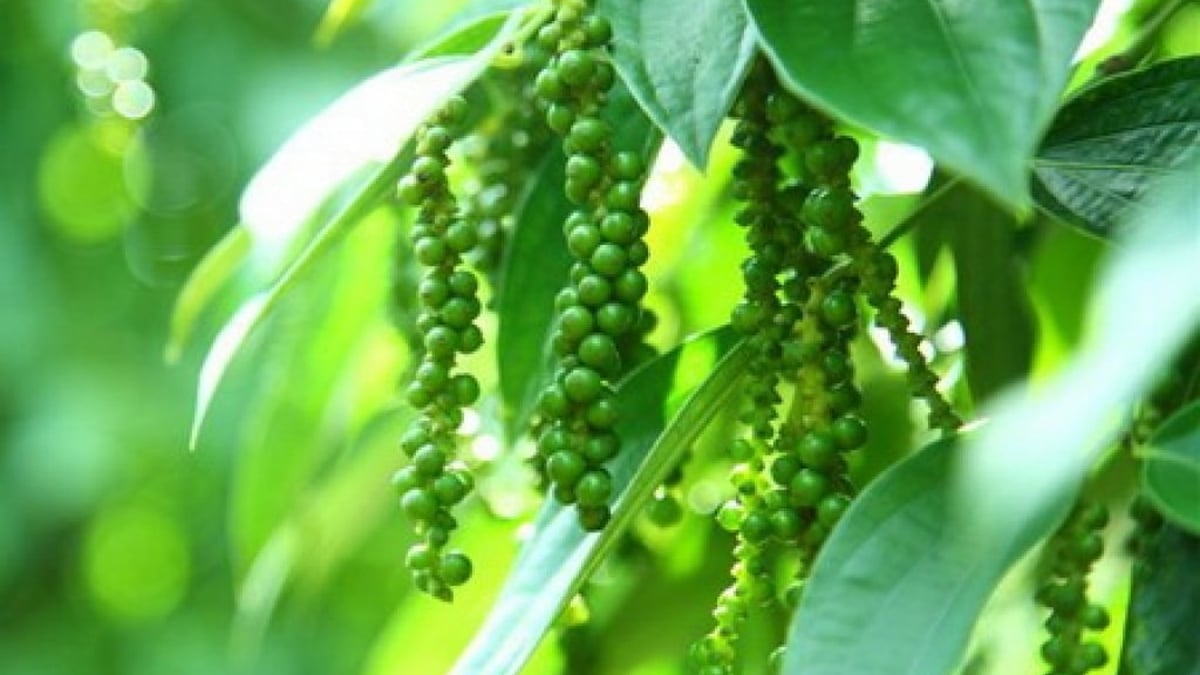
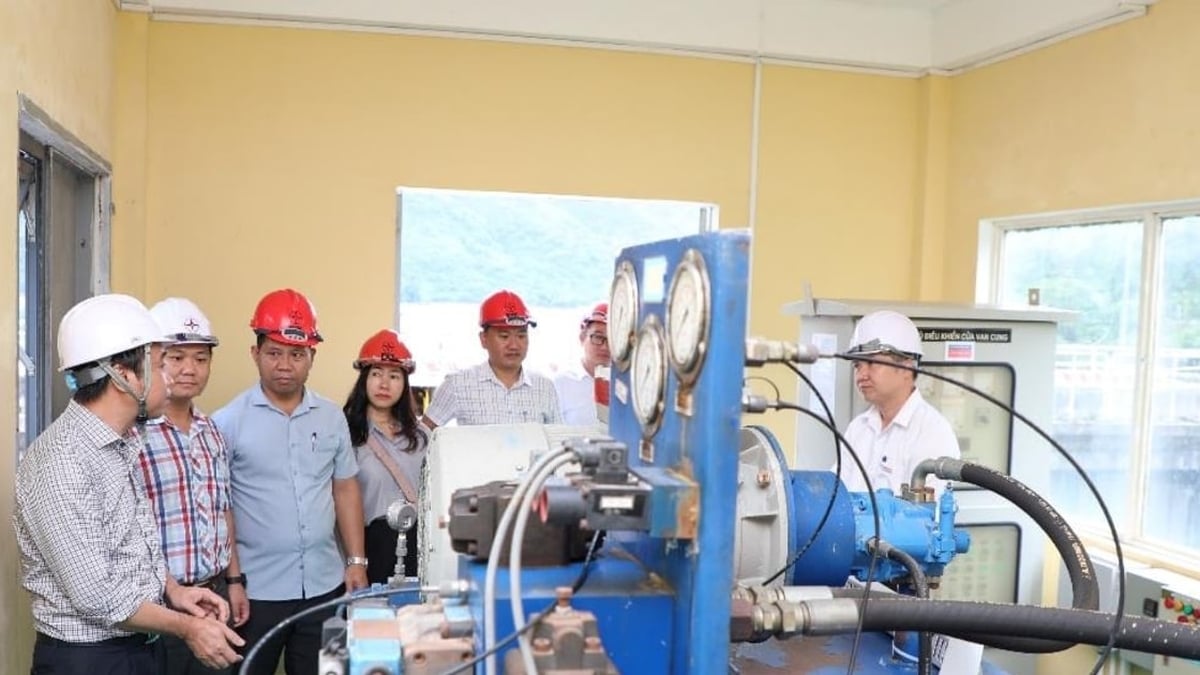
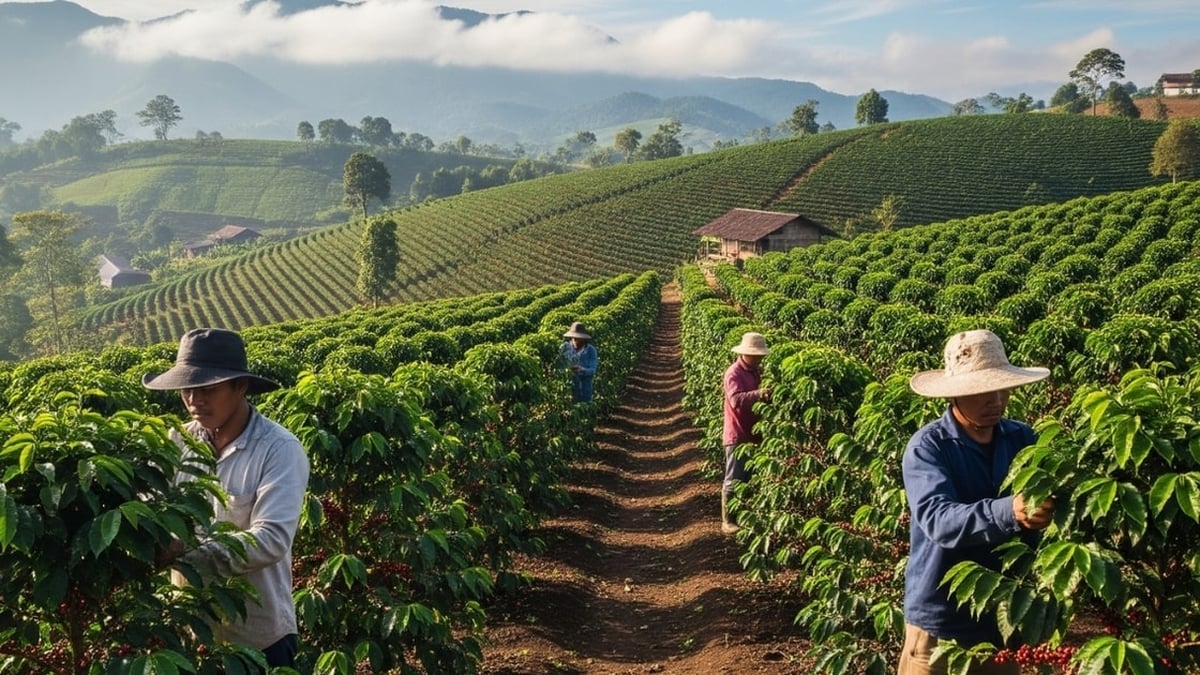










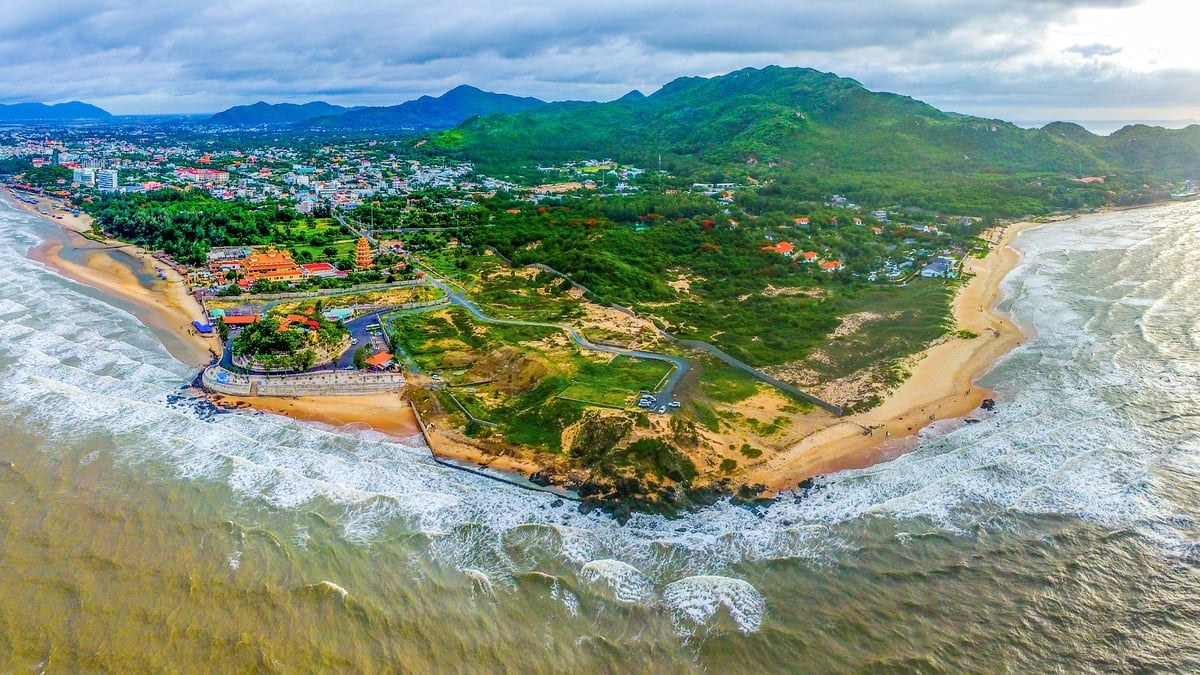
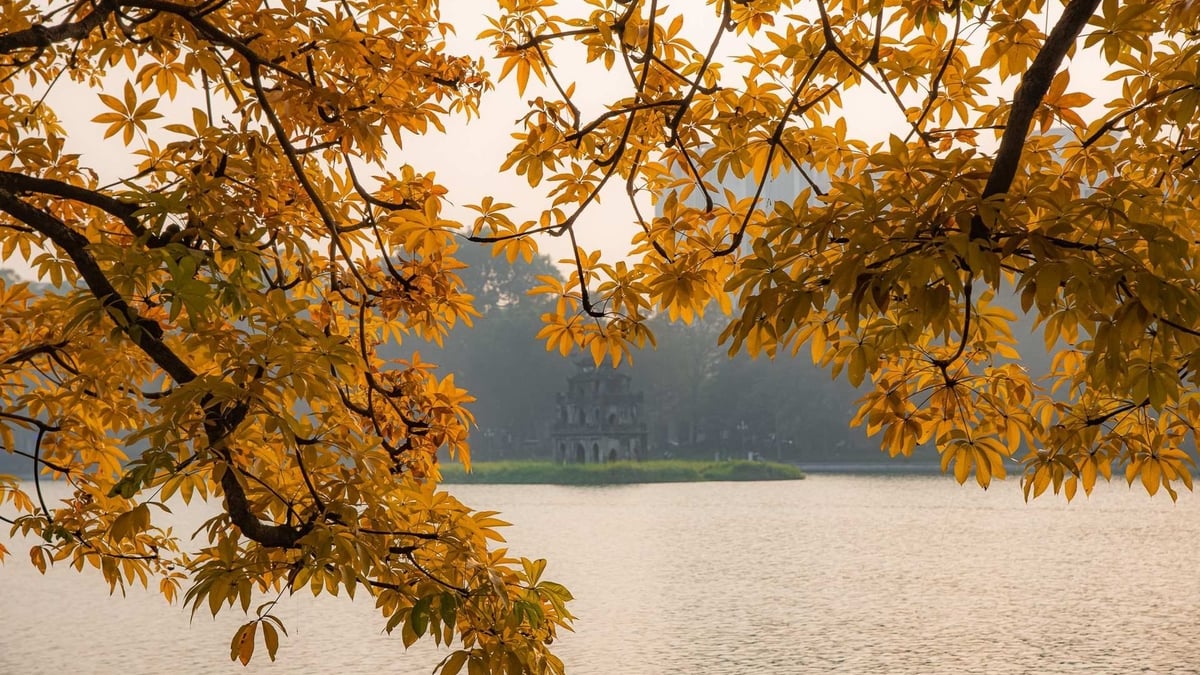










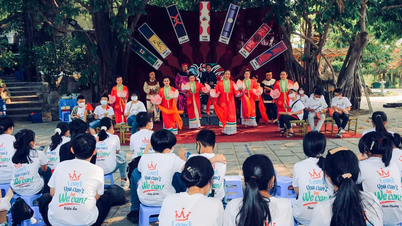

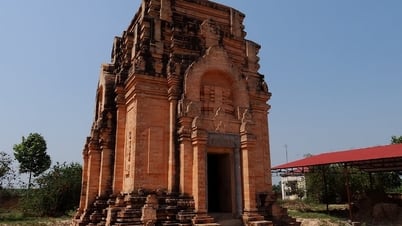

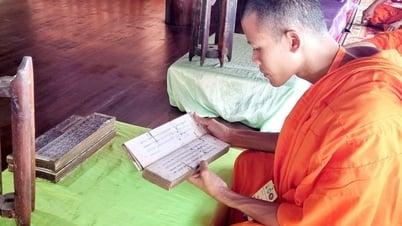



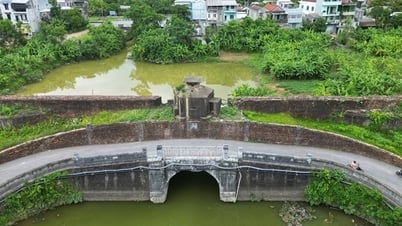





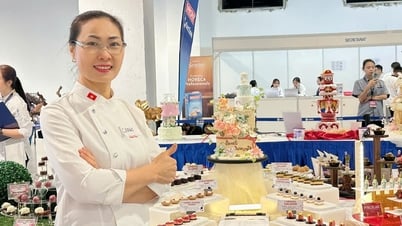
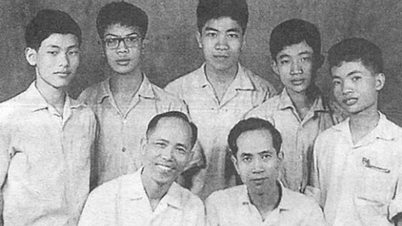




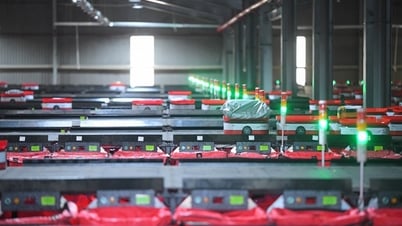

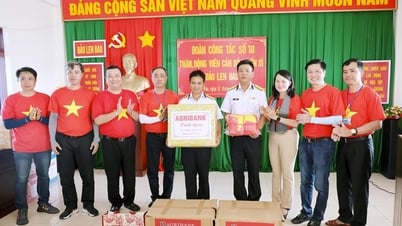

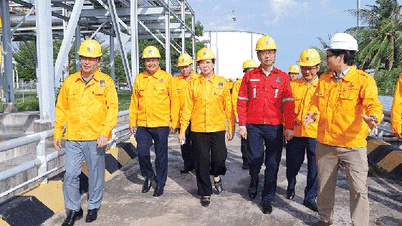





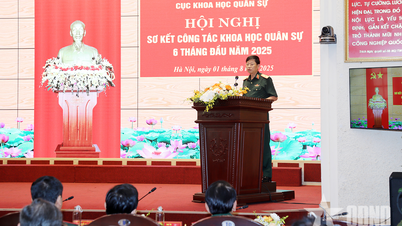



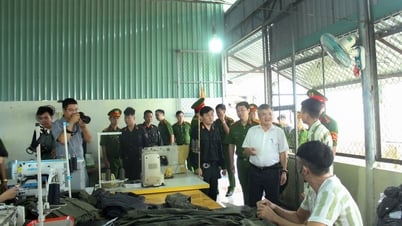

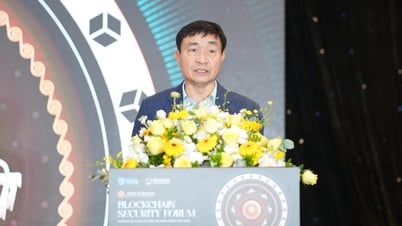
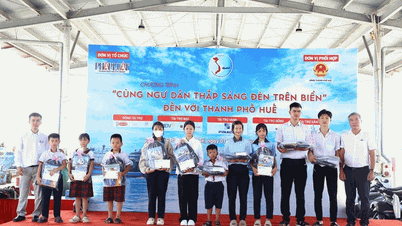



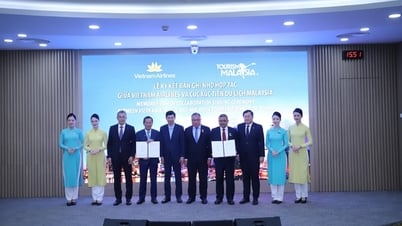

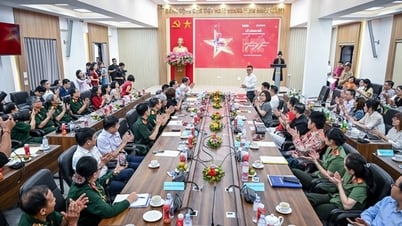
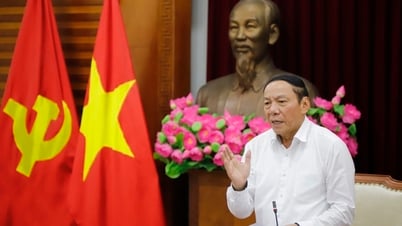





















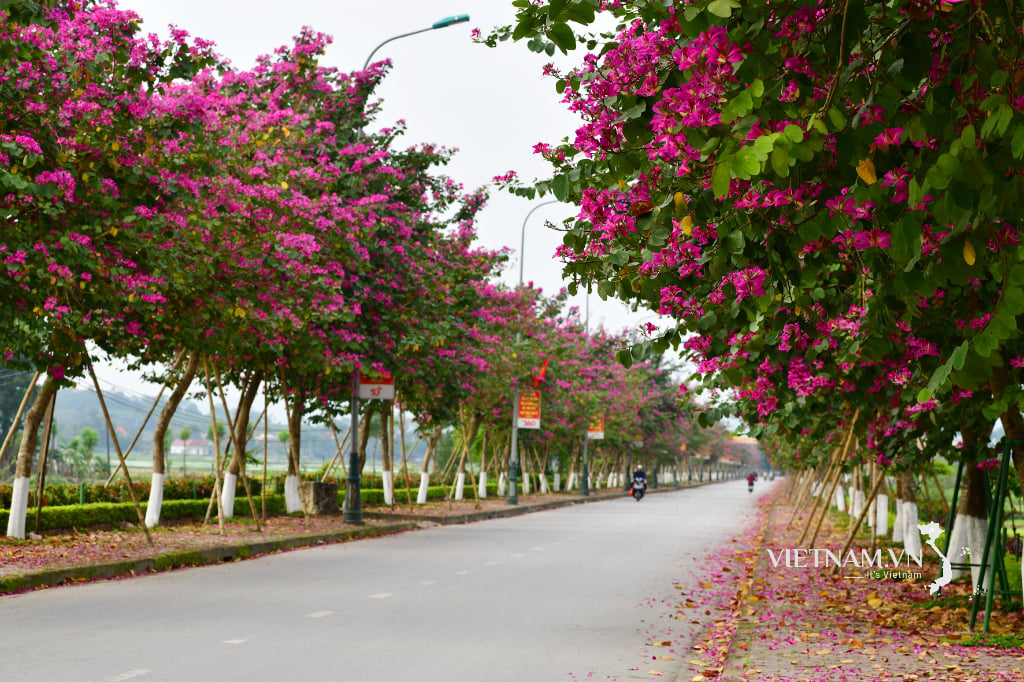

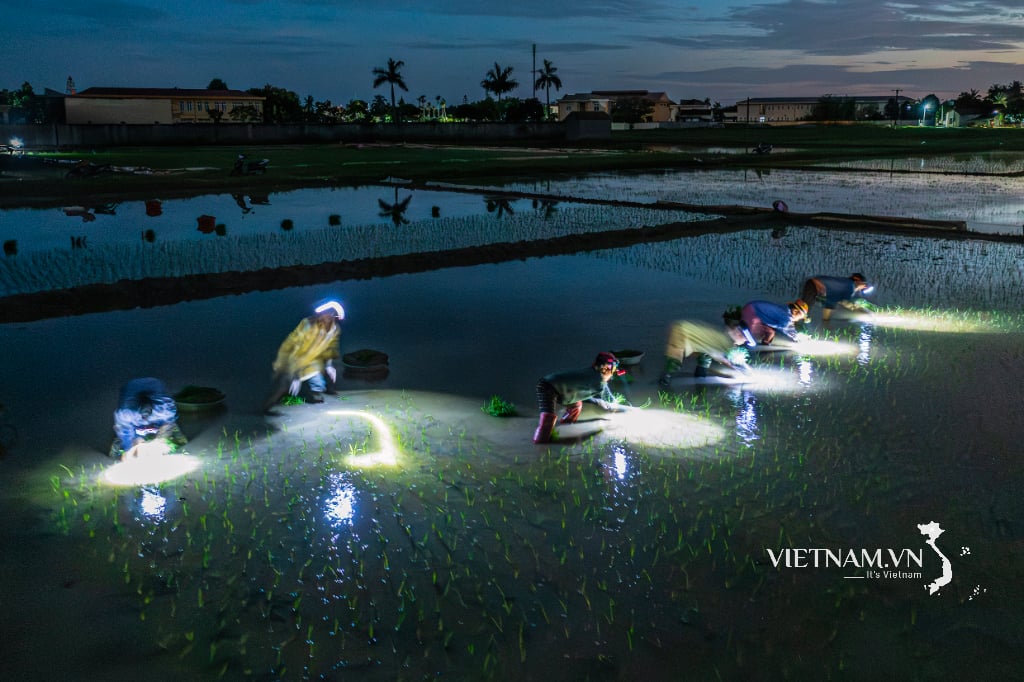
Comment (0)